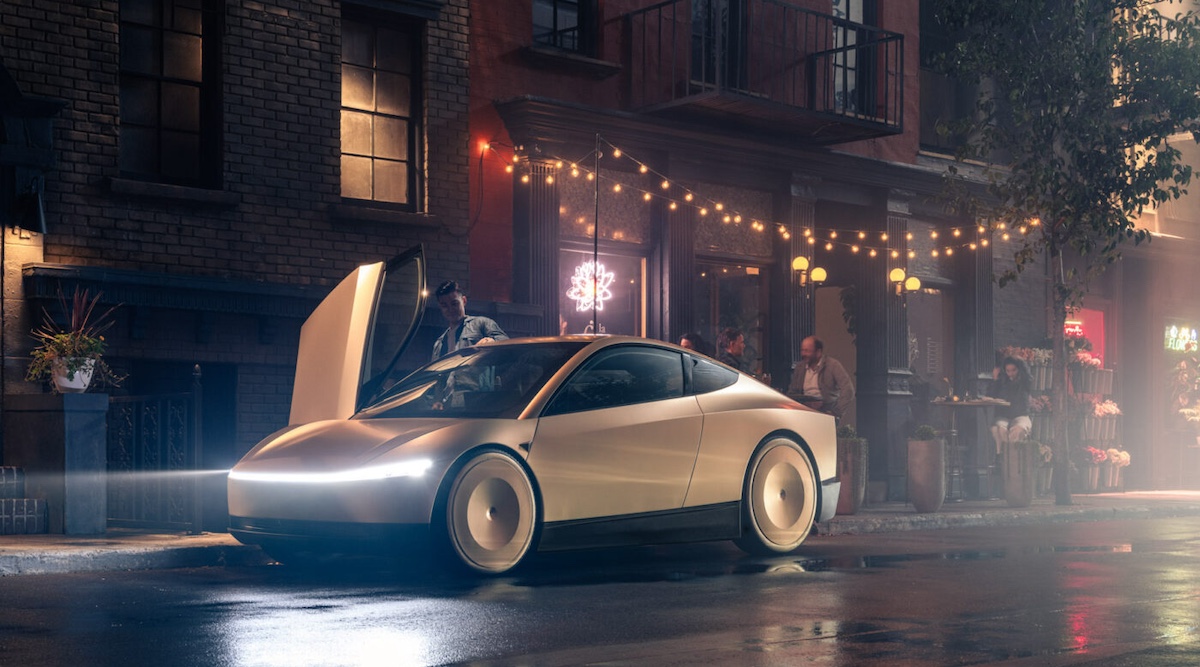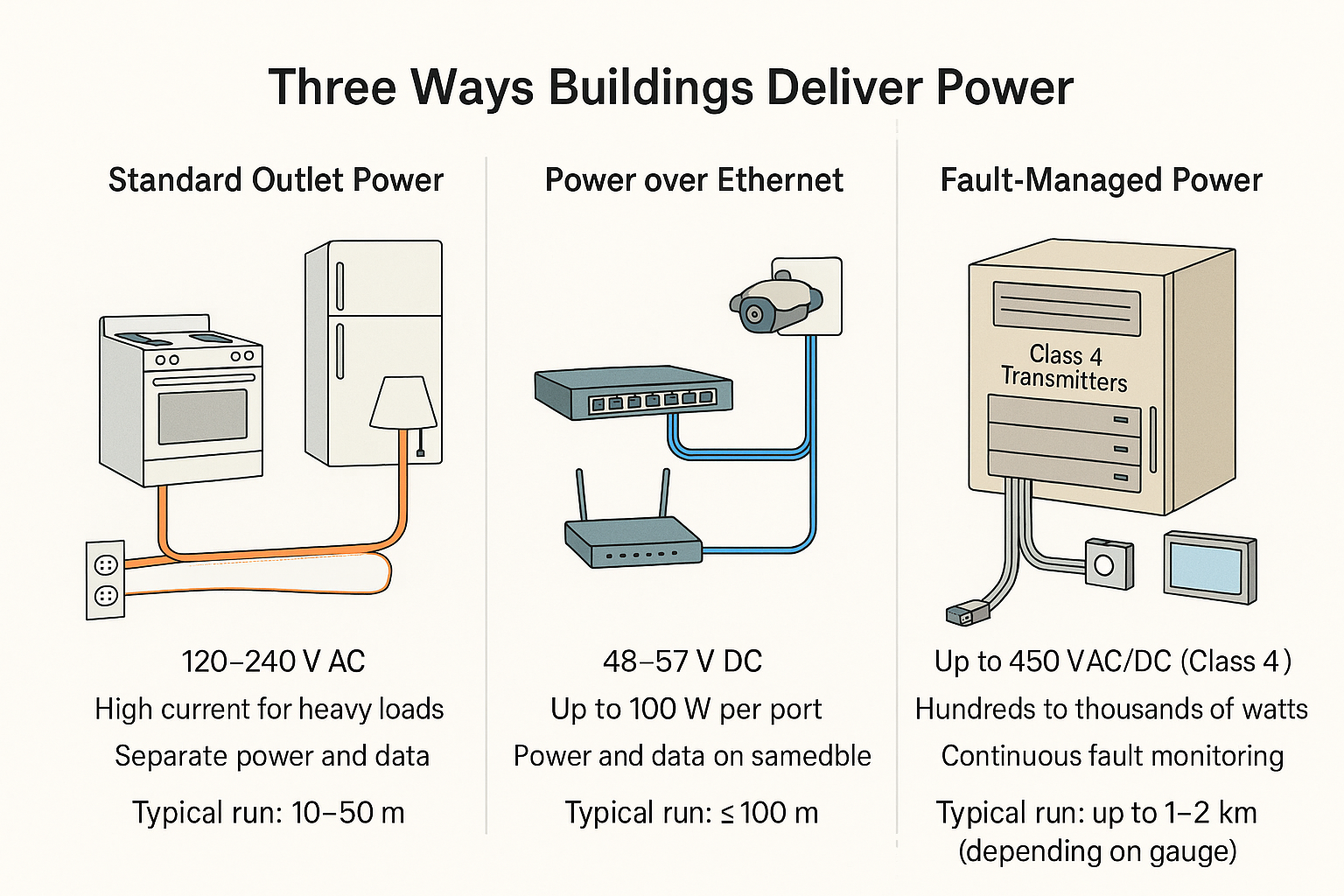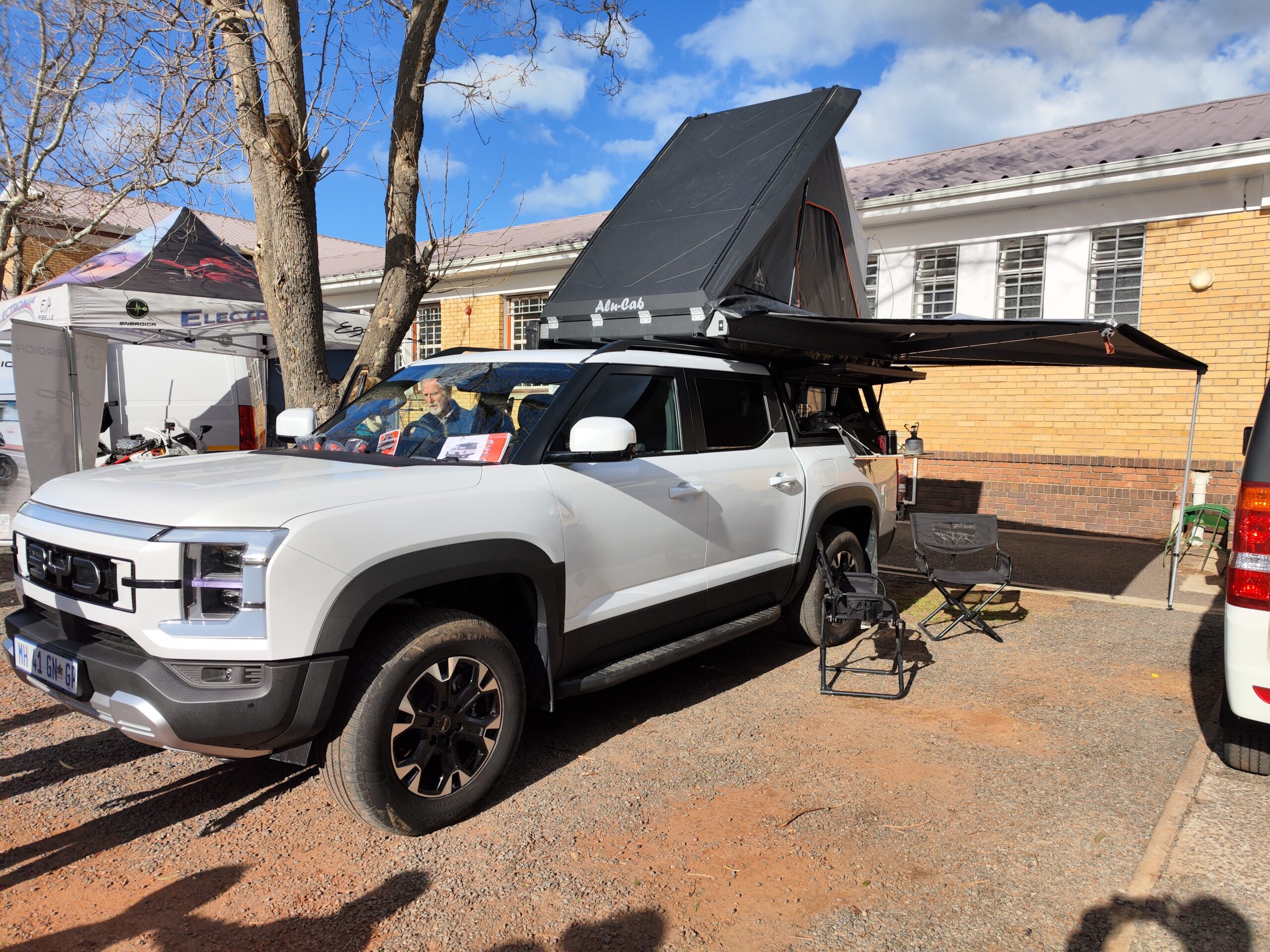Support CleanTechnica’s work through a Substack subscription or on Stripe.
When was the last time anyone heard Robyn Denholm, the chair of the Tesla board of directors, say anything about the products the company manufactures? Usually, she is in the background acting as the head cheerleader for the next ginormous pay package for Elon Musk and praising him to the skies.
So, it was somewhat of a surprise this week when she sat for an interview with Bloomberg on October 28, 2025, and announced the so-called Cybercab — the car that Elon himself has said will be the fully autonomous robotaxi he has championed for years — will in fact be the basis of the next new model from Tesla. “If we have to have a steering wheel, it can have a steering wheel and pedals,” she told Bloomberg‘s Kara Carlson and Craig Trudell.
Tesla & FMVSS
The reason for the change of heart is that the Federal Motor Vehicle Safety Standards require all vehicles sold in the US to have a steering wheel and pedals. This, of course, triggers Musk’s now famous tirades about government overreach and stupid rules that prevent him from doing what his highly advanced brain tells him he should be doing.
There are exceptions to the FMVSS rules. A company can get permission to build up to 2,500 non-conforming vehicles — cars without steering wheels and pedals — each year, but that is far too few for any new model that aspires to be a mass market vehicle.
Obtaining such an exemption is extremely difficult. General Motors tried for two years to obtain an exemption for its Cruise Origin autonomous shuttle, but the approval never came through, which was reportedly the primary reason why GM closed down its Cruise division.
Waymo began nearly 30 years ago as a Google entrant into a DARPA contest for self-driving vehicles in the Mojave Desert. That program became part of Alphabet when it was created as the parent company for Google. For a while, tiny two-seat autonomous cars with no steering wheels or pedals — that looked like they escaped from the set of a Cars movie — were running around a test track on the roof of a corporate building in California. Today, Waymo is a leader in autonomous robots in America using regular production vehicles that have been modified to accept the self-driving package of sensor and software the company has developed over the years.
Those cars all have steering wheels and brake pedals, because FMVSS requires them, but they have no human drivers. The fact that the federal government will not allow vehicles on US roads that don’t have steering wheels and pedals but will allow them to be operated on public roads without a human onboard to turn the steering wheel or push the pedals is just one of many examples of government rule making that leads to nonsensical results.
The Mythical Model 2
The saga of the so-called “Model 2” [no one knows what the car will actually be called] is a long and torturous tale. In March of last year, Autocar — which is not known for idle speculation — wrote that the long awaited, less expensive car from Tesla would go into production in the middle of 2025. Clearly, that didn’t happen.
That report claimed the new model would first be built in the Tesla factory in Germany, since small, inexpensive cars are quite popular on the Continent but anathema to Americans. Building the cars in Grünheide would save lots of money in shipping costs from Austin, Fremont, or Shanghai.
Internally, the new model is known as Project Redwood, sources told Reuters. Two sources described the new car as a compact crossover. They said Tesla sent “requests for quotes,” or invitations for bids, to suppliers for the new model in 2023 and forecast weekly production volume of 10,000 vehicles.
Autocar also noted “a prediction by the company that 700 million ‘Model 2’ cars would be sold over the model’s lifetime.” That is an extraordinary number, considering that the Toyota Corolla has sold a paltry 50 million copies over the past 59 years. That is a perfect example of Elon having what my old Irish grandmother would call “delusions of grandeur.”
Musk biographer Walter Isaacson describes in exquisite detail how a group of Tesla engineers lobbied Elon for years to give up his fixation on robotaxis and get on with the business of making a less expensive mass market car. The discussions went on for more than two years before the engineers finally prevailed and the decision was made to get on with making a lower priced Tesla.
There were reports that the Model 2 would use high-pressure castings for most of its structure. There was even a suggestion that the entire chassis of the car would be made from one high-pressure casting. At one time or another, people said it was going to be manufactured in Germany, in China, in Mexico, or in a new factory in India.
Model 2 Cancelled
According to a report by Reuters on April 5, 2024, Tesla canceled the “Model 2” and decided to resume its plans to build robotaxis. That decision represented an abandonment of a longstanding goal that Elon Musk has articulated several times in his “secret” master plans — to build affordable electric cars for the masses.
His first “master plan” in 2006 specifically called for manufacturing luxury models first, then using the profits to finance a “low cost family car.” On his personal antisocial media channel, Musk posted, “Reuters is lying (again),” but did not identify any specific inaccuracies.
Two sources said they learned of Tesla’s decision to scrap the “Model 2” in a meeting attended by scores of employees, with one of them saying the gathering happened in late February, 2024. “Elon’s directive is to go all in on robotaxi,” they said. A third source confirmed the cancellation and said new plans call for robotaxis to be produced but in much lower volumes than had been projected for the “Model 2.”
Several company messages reviewed by Reuters included one from an unnamed program manager telling the engineering staff to hold off on telling suppliers “about program cancellation.” A fourth person with knowledge of Tesla’s plans cautioned that Tesla’s product plans could change again based on economic conditions.
The Cybercab Debacle

A year ago, Tesla unveiled a concept for a two-seat autonomous car with no steering wheel or pedals called the Cybercab. Later, during an earnings call, Musk bristled at a question about when investors could expect Tesla to offer a cheaper car that wasn’t intended to be used as a robotaxi, Bloomberg says. “Having a regular $25K model is pointless,” Musk said. “It would be silly. Like, it would be completely at odds with what we believe.”
Well, that was then, this is now. In May, transportation secretary Sean Duffy, whose claim to fame is being an on-air personality for Faux News, visited with Musk at the Gigafactory in Austin, where Musk mounted a full court press for an amendment to FMVSS rules so he could build the Cybercab in high quantity. His charm offensive fell on deaf ears, however, so Musk switched to his typical strategy of berating people on X.
After Duffy criticized SpaceX for falling behind in some programs it is working on for the government, Musk called him “Sean Dummy” on X and wrote, “The person responsible for America’s space program can’t have a 2 digit IQ.”
When Bloomberg asked whether she was concerned about Musk’s behavior, Denholm declined to take the bait. “As a company, we push the boundaries of technology, we push the boundaries of regulation. Regulators normally are looking to the future, but they don’t know what the future is going to be, so working with them is our mode, and we’ve done that for years now.”
Make of that weasel worded statement what you will. The takeaway around CleanTechnica headquarters today is that Denholm is showing signs of having reached her limit with Elon’s shenanigans and is starting to behave like a real chair of a major corporation. To which we say, “It’s about time, Robyn.”
If indeed there is to be a new Tesla model in the pipeline that starts at around $25,000, that could be major news for those of us who still believe in the EV revolution. It is actually more hopeful news than hundreds of thousands of humanoid robots or more AI initiatives from Grok that push authoritarian themes. It seems likely the new model will not be a two-seater or have scissor doors like a Lamborghini Countach, but will probably be the first to showcase Tesla’s new “unboxed” manufacturing process.
Do Your Job!
Nothing is ever for certain with Tesla or Elon. Denholm dropped a small bomb into the Bloomberg interview that readers may find interesting. “The original Model Y was not going to have a steering wheel or pedals,” she said. “If we can’t sell something because it needs something, then we’ll work with regulators to work out what we need to do.”
If Denholm and the board truly are going to start doing their jobs, it raises this interesting question. Why do they need to pay Elon $1 trillion to do what he is supposed to do anyway and what they can do themselves if they put their minds to it? Elon may have awoken a sleeping giant, and we would very much like to hear what our readers think about this latest development in the Tesla saga.
Sign up for CleanTechnica’s Weekly Substack for Zach and Scott’s in-depth analyses and high level summaries, sign up for our daily newsletter, and follow us on Google News!
Have a tip for CleanTechnica? Want to advertise? Want to suggest a guest for our CleanTech Talk podcast? Contact us here.
Sign up for our daily newsletter for 15 new cleantech stories a day. Or sign up for our weekly one on top stories of the week if daily is too frequent.
CleanTechnica uses affiliate links. See our policy here.
CleanTechnica’s Comment Policy




